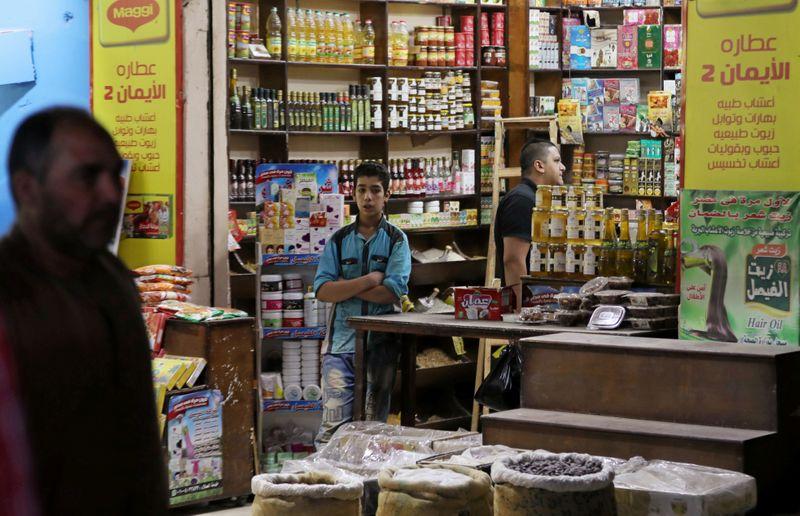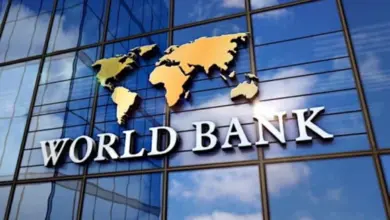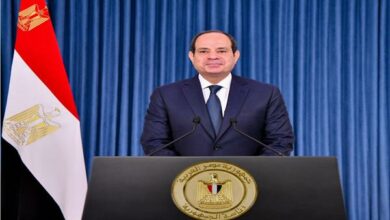
Egypt’s annual urban consumer price inflation rate increased to 5.9 percent in April from 5.1 percent in March, the official statistics agency CAPMAS said on Sunday, a rate higher than analysts had expected on the back of rising food prices.
While the country of 100 million people has not witnessed the panic buying seen in some European states as the coronavirus pandemic spread, demand surged in April ahead of the Muslim holy month of Ramadan.
“We expected a surge in Ramadan but the rate of increase is higher than we had anticipated. In the two weeks preceding the holy month, there was a lot of buying activity and a demand push across the board. We could possibly see some easing in May,” said Allen Sandeep, head of research at Naeem Brokerage, adding that the increase was still not a cause for concern.
Month-on-month urban inflation accelerated to 1.3 percent compared with 0.6 percent in March, CAPMAS said.
Core inflation, which strips out volatile goods such as food, also accelerated to 2.54 percent year-on-year in April, from 1.89 percent in March, the central bank said.
Egypt is facing tough economic repercussions from the spread of the new coronavirus, which essentially halted its vital tourism sector from mid-March.
The country also imposed a nightly curfew, closed schools and universities, and shut restaurants and cafes to slow the spread of the disease.
Egypt asked the IMF for financial support last month to help it deal with the impact of the pandemic on its economy, and is seeking a Stand-By Arrangement (SBA) loan as well as emergency financing under a Rapid Financing Instrument (RFI) loan. It is potentially eligible for as much as $2.78 billion under the RFI and about $4 billion per year under the SBA, according to analysts and information on the IMF website.
($1 = 15.7000 Egyptian pounds)
Image: A man passes in front of a shop during curfew hours, amidst concerns about the spread of the coronavirus disease (COVID-19), in Cairo, Egypt May 5, 2020. REUTERS/Mohamed Abd El Ghany




